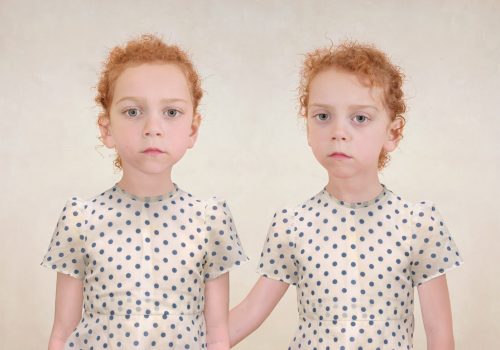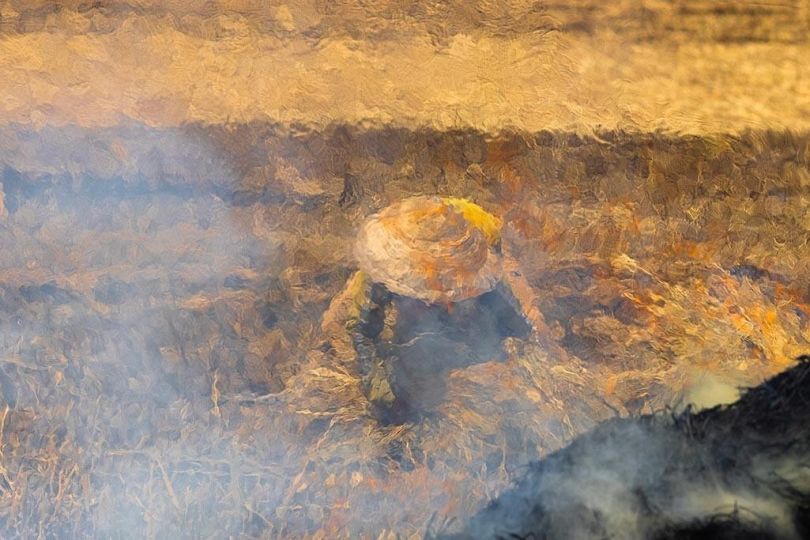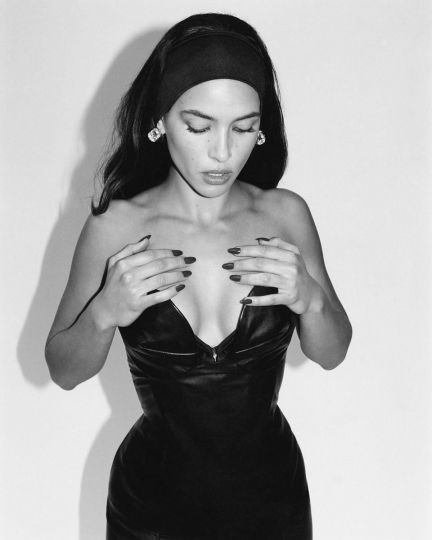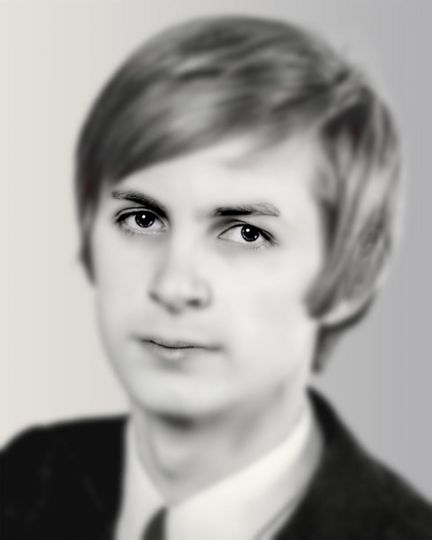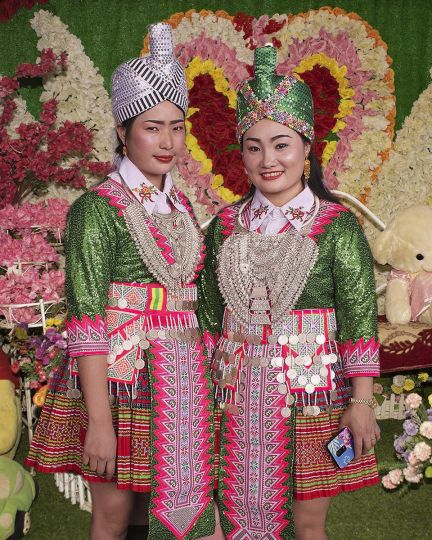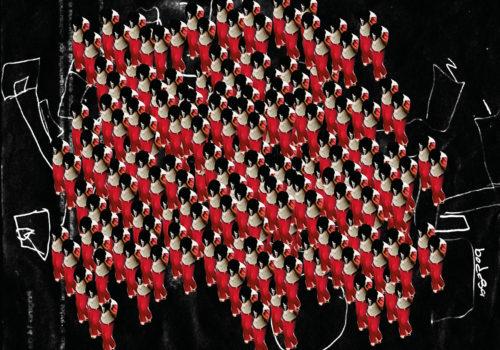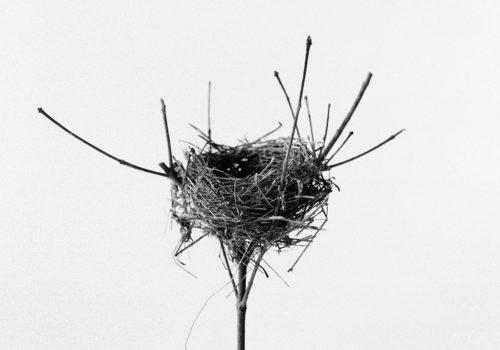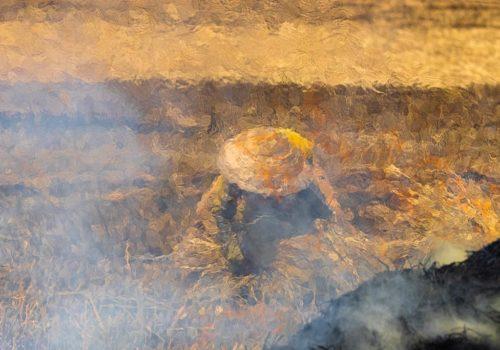The Eye of Photography brings you a selection of iconic covers and archival photographic material from the magazine L’Insensé dating from the late 2000s. The selection covers a new set of three remarkable issues.
L’Insensé: Berlin & Co. (2009)
German photography enjoyed exceptional exposure and growth on the international contemporary art scene in the 2000s, largely thanks to art programs and technical innovations that allowed for large-format printing. Having sized up the unique role played by, and the impact of, art academies from Düsseldorf to Leipzig, this issue of L’Insensé showcased those who claimed no allegiance to any school and who forged their own path. Beyond the often-stigmatized neutrality and the austere predilection for typologies advocated by the Bechers, Elisabeth Nora and Vanessa van Zuylen uncovered a whole new talented generation, teeming with visions, which was able to draw on that photographic culture even while exploring the issues of contemporary art. The editors foregrounded original careers, unique, hybrid visual experiments, as well as the work of diaspora photographers, practicing abroad. Emotion and a sense of intimacy thus made their way into the issue with Wim Wenders, Peter Lindbergh, Juergen Teller, Stephanie Schneider, Mona Kuhn…
L’Insensé: British Photographers (2010)
Photography began in England with W.H. Fox Talbot, a gentleman inventor. The high society enthusiastically seized on the new medium. Knowledgeable amateurs, men and women, devoted themselves to the task, sometimes with such talent that some of them made history, like Julia Cameron and Lewis Carroll. This specifically English gender parity and approach were still current in 2010. Following the Thatcher era, which saw the rise of a documentary style highlighting the intimate side of an often-difficult social reality, the 2000s launched a period of more experimental photography, while at the same time asserting its critical dimension.
Are we dealing with a more distanced documentary approach? More than ever, in the mischievous lens of Martin Parr, or Richard Billingham haunted by the past, but also in the work of Paul Graham, all of whom, adopting a successful format, reveal the helplessness of disenfranchised populations. Lastly, experimentation, a great source of pleasure for British artists, is found in the work of Richard Learoyd whose portraits poetically deploy the magic of the camera obscura. In 2010, time and again, the English continued to cultivate their difference, even while remaining attached to tradition.
L’Insensé: The Swiss issue (2011)
Every image published in this issue can be read as the self-assertion of a strong, determined photographer breaking new ground. In addition to the great documentary tradition — a genre revisited here in subtle ways — and the legendary technical perfection of the Swiss, the issue presents some unique, extravagant, playful approaches, exploring with humor and poetry our reality and the reality particular to the Swiss culture. Add to this the proliferation of schools (ECAL in Lausanne, as well as art schools in Vevey, Geneva, and Zurich), where the teaching excellence and diversity seem to stimulate and foster abundant creativity on par with the Netherlands and Germany. The public context — schools, museums, publications — as well as the valorization of photography by private institutions and foundations, bring attention to this fantastic production which, in terms of approaches and practices, has a solid foothold in the international community. The issue was published in partnership with the Musée de l’Elysée in Lausanne and with the support of Sam Stourdzé, currently the director of the Rencontres d’Arles.

